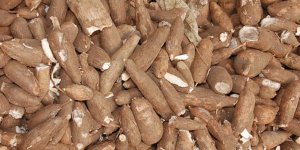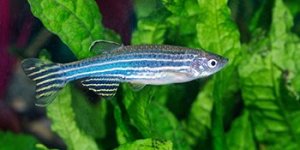| News / Science News |
Lost 52 Project announces discovery of wrecked sub near Okinawa
The Lost 52 Project announced on Sunday that a sunken World War II-era submarine wreck they found last June was the remains of the U.S.S. Grayback.

The Grayback in 1941. Photo: National Archives at College Park
The wreck was located about 50 miles (80 km) south of Okinawa, Japan at a depth of over 1400 feet (about 430 meters), far from where the Navy's records initially predicted it would be. The United States Navy confirmed the discovery.
The Lost 52 Project, named after the number of U.S. Navy submarines sunk during World War II, has previously located several of those vessels — three or four by varying reports — using data released by the U.S. Navy.
However, the information provided concerning the Grayback contained a mistranslation, placing its probable location according to the New York Times about 100 miles from Okinawa, to the east-southeast.
Amateur researcher and systems engineer Yutaka Iwasaki of Kobe, Japan came across military records that showed a Japanese bomber had attacked a U.S. vessel in late February, but the coordinates it gave differed from the Navy's figures for the Grayback by one digit. Lost 52 sailed to the alternative probable location and deployed underwater drones to search the ocean floor using sonar.
The trip was subject to technical problems requiring a return to shore to fix broken equipment. One of the drones began to malfunction, but it was able to send back the data it had collected, which revealed a mass at a depth below 1400 feet.
The team subsequently deployed a camera, providing footage of the name plaque on the side of the vessel with the name "Grayback" still legible.
The Tambor-class submarine U.S.S. Grayback encountered a Japanese Nakajima b5N carrier bomber while returning from its tenth patrol in late February 1944. The Grayback was short on torpedoes from its recent attack on Japanese cargo ships. The Lost 52 Project identifies February 26, 1944 as the day it sank. (Wikinews)
YOU MAY ALSO LIKE





